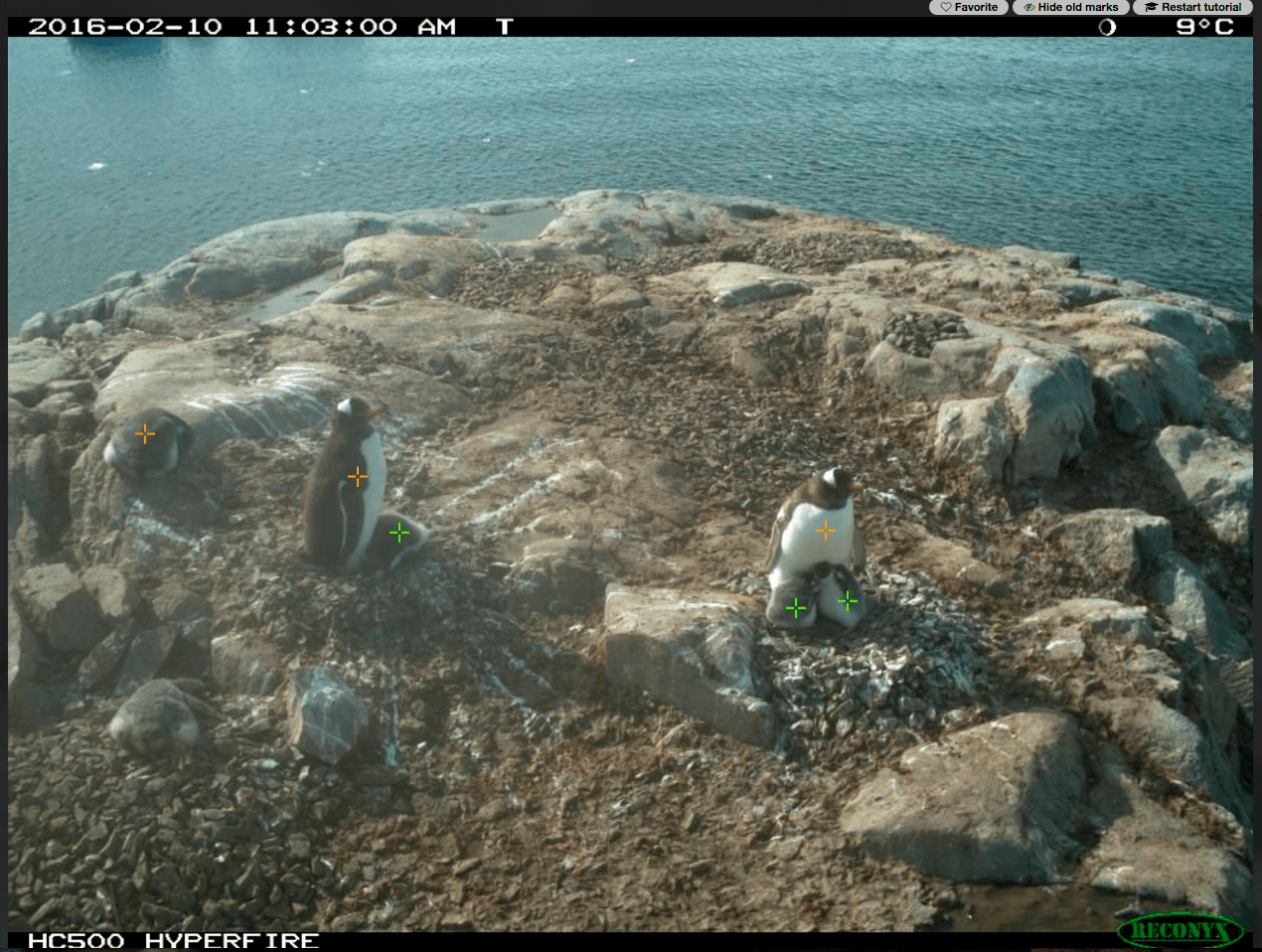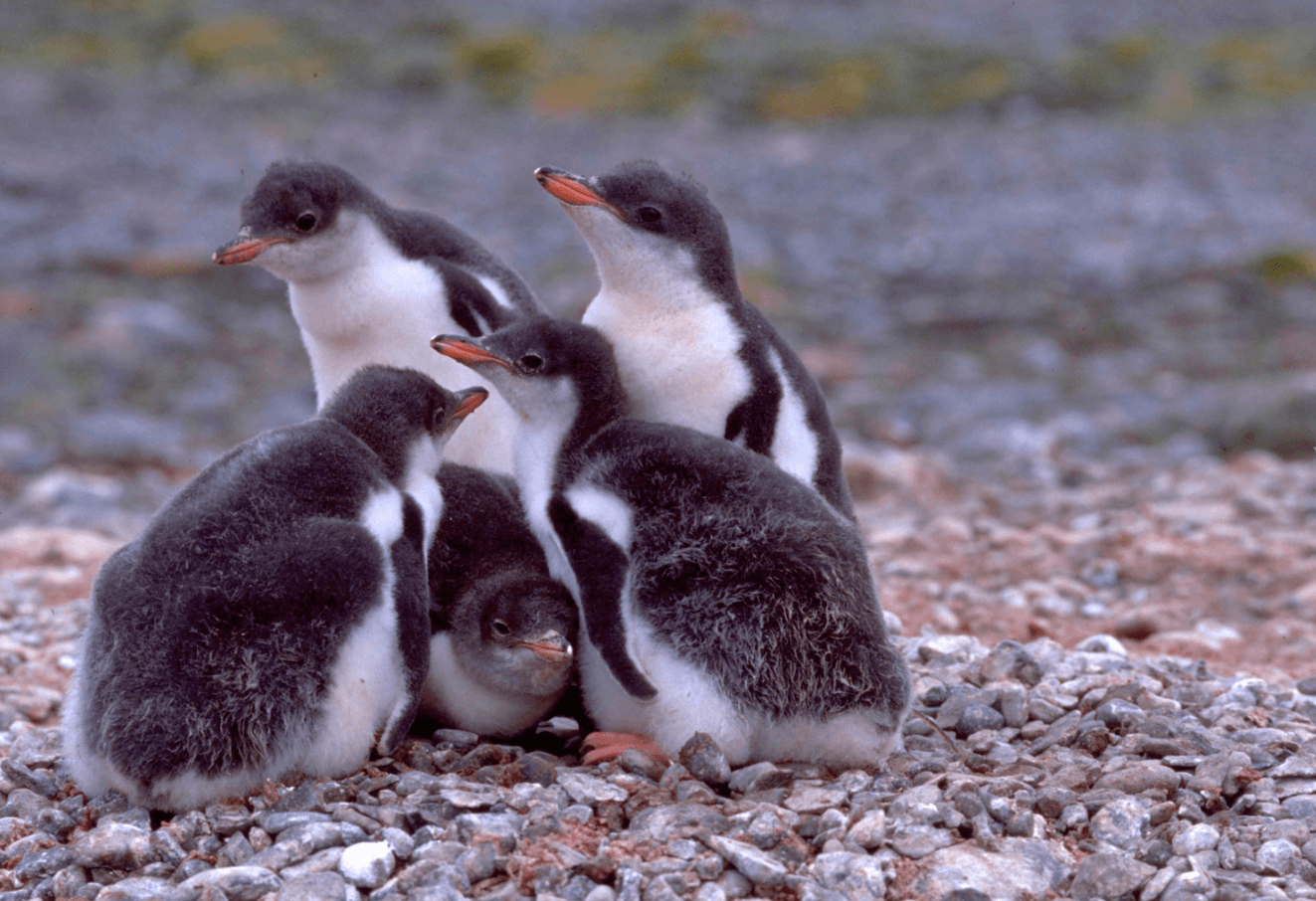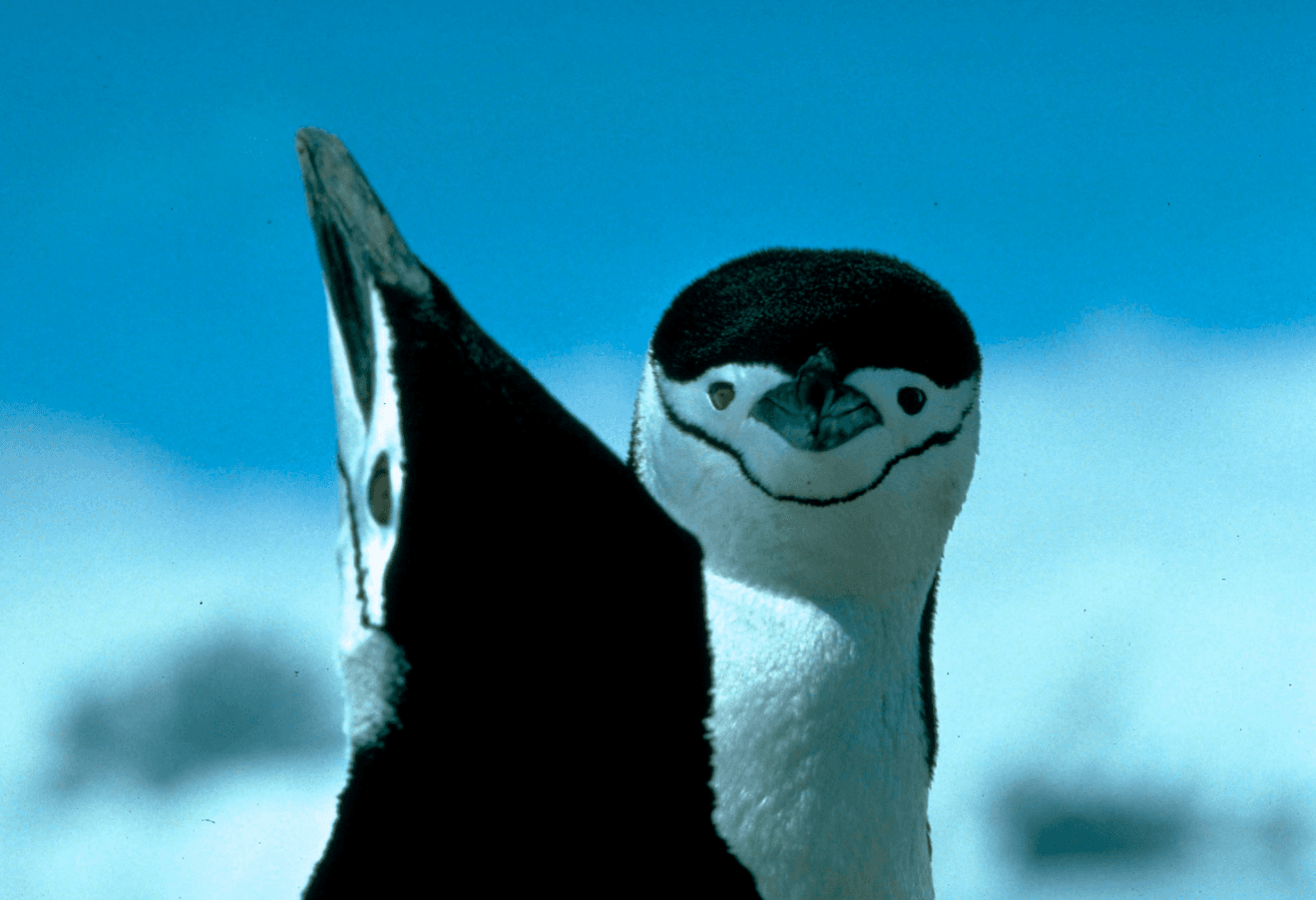It’s World Penguin Day! Help scientists count penguins.
How many pengos can you spot?
Fall is turning to winter in the Southern Hemisphere, and Antarctic penguins are beginning their northward migration, so it's time to celebrate World Penguin Day!
Scientists use penguin population size and well-being as indicators of the state of Antarctica, Earth's most frozen continent. And on this World Penguin Day (April 25), you, a citizen of Earth, can help scientists determine the very important penguin population (which has been decreasing for a long time, except for a couple species).
PenguinWatch.org is a website filled with photos from several science organizations monitoring penguins in their natural Antarctic habitat. Regular folk can go to the site and set little color-coded markers on any penguins that might be in the photos, designating them "adult," "chick," "egg" or "other."
It's fun!

What's not fun, though, is the loss of habitat penguins have been enduring for years.
Penguins spend most of the year swimming. They only come onto land (or ice) during the warm months, when they find spots on glaciers in Antarctica to breed and molt. As global warming melts the ice, penguins lose their breeding grounds.
Consequently, we lose opportunities for photos like this:

But also, any changes to the size of the penguin population tell scientists there's something wrong with the Antarctic ecosystem in general. That's why PenguinWatch.org enlists citizen scientists (like you) to count the waddlers.
Here's more info from their website:
As top predators, penguins are considered sentinels of changes within their ecosystem. Because penguins spend the majority of their life in water and fall at the top of the food chain, any variations in their populations may represent larger changes to the dynamic Antarctic ecosystem. We hope to measure these changes year-round at a large geographical range of study sites in order to better understand how threats to the ecosystem disrupt the dynamics of resident wildlife.
The photos on PenguinWatch.org were taken in the past three years by different research organizations' ecologist cameras. And here, you can watch a time-lapse of one of those camera feeds.
oembed://https%3A//www.youtube.com/watch%3Fv%3DK2M6aNehEhY
Happy World Penguin Day!
